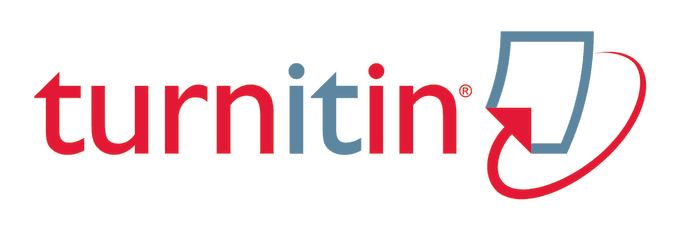An Analysis of Big Data Analytics, IoT and Augmented Banking on Consumer Loan Banking Business in Germany
DOI:
https://doi.org/10.37535/104001120212Keywords:
Industry 4.0, Consumer Loans, Big data analytics, IoT, Augmented bankingAbstract
This research aims to analyze the particular component of industry 4.0 applying in the consumer loans banking business. Industry 4.0 comprises of a lot of technological advantages, this research selected three components of industry 4.0; Big data analytic, Internet of Things (IoT), and Augmented reality in banking. Secondary data are used to conduct this research, collected from the previous research and the academic literature. At first, this research explains why the consumer loans banking business in Europe, especially in Germany, needs to integrate Industry 4.0. secondly, this research analyzes the suitable component of industry 4.0 into the consumer loans banking business. The findings of this research deliver an essential piece of analysis to the consumer loans banking business' stakeholder with direction on implementing industry 4.0 into their business.











